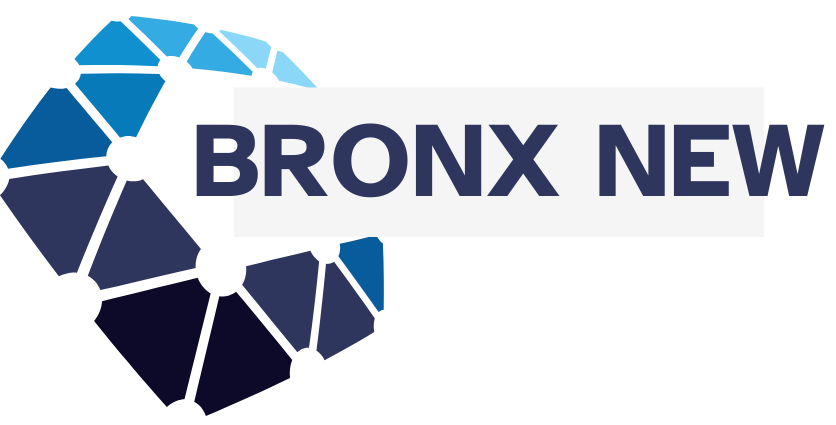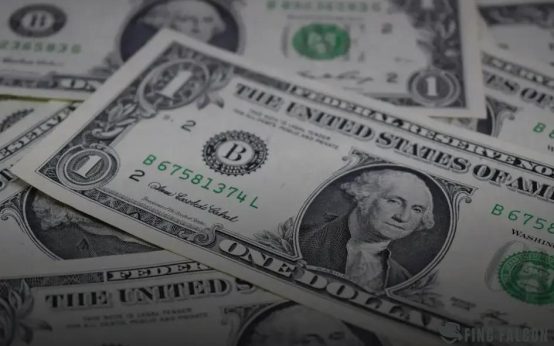If you’re diving into the world of cryptocurrency trading, knowing how to read crypto charts like a pro is essential. Understanding the basics of crypto charts will give you the edge. In this guide, we’ll help you recognize key indicators on crypto charts, avoid common pitfalls, and even explore advanced chart reading techniques. Stay tuned to enhance your trading skills and grasp the nuances of crypto trading charts!
Understanding the Basics of Crypto Charts
Crypto charts are essential tools for anyone looking to navigate the digital currency world. These charts visually represent the price movements of various cryptocurrencies over time. By understanding these basics, you’ll be better equipped to make informed investment decisions.
Timeframes: Each crypto chart displays price information over a specific timeframe, such as minutes, hours, days, or weeks. The timeframe you choose can significantly affect your analysis.
Price Changes and Trends: The most basic feature of a crypto chart is tracking how a cryptocurrency’s price changes over time. Look for trends, which are the general directions in which a market moves. An uptrend shows increasing prices, while a downtrend indicates falling prices.
Volume: Beneath the price movement line, you’ll often see volume bars. These show the number of assets traded during a specific timeframe. High volume usually indicates strong investor interest and can validate a price trend.
Support and Resistance Levels: These are levels where the price of a cryptocurrency tends to stop and reverse. Support is a level where prices tend to find a floor, preventing them from falling further. Conversely, resistance is a ceiling where prices struggle to move higher.
Learning to master these elements is crucial for anyone seeking to read crypto charts like a professional. Each component offers valuable insights into market behavior and potential future movements.
Key Indicators to Watch in Crypto Charts

Observing key indicators on crypto charts is crucial to maximizing your trading strategies and decisions. These indicators serve as valuable tools that provide insights into market trends and price movements.
Volume is often the first indicator traders observe. It represents the total amount of a cryptocurrency traded over a specific timeframe. High volume often indicates strong interest and can precede price movements. Watching volume changes can reveal market sentiment.
Another critical indicator is the Moving Average (MA). It helps smooth out price data by creating a constantly updated average price, thus highlighting trends. The two most commonly used MAs are the Simple Moving Average (SMA) and the Exponential Moving Average (EMA). While SMA gives equal weight to all data points, EMA gives more weight to the most recent prices.
Relative Strength Index (RSI) is a popular oscillator used to determine the momentum and potential reversal points of a crypto asset. It ranges from 0 to 100, where typically a value above 70 indicates that an asset is overbought, and a value below 30 suggests it is oversold.
Consider using the Bollinger Bands to measure market volatility. These bands expand during volatile periods and contract during calmer ones, providing visual cues for potential price breakouts or reversals.
The MACD (Moving Average Convergence Divergence) is another significant indicator. By using two moving averages of different lengths, traders can observe changes in the trend’s direction, strength, momentum, and duration.
Common Mistakes When Reading Crypto Charts
- One common mistake is relying solely on one type of chart. Traders might stick to line charts and miss out on trends that a candlestick chart might reveal.
- Another error is neglecting the time frame. If you analyze crypto trends on a daily chart, you could miss long-term patterns visible on weekly or monthly charts.
- Ignoring the volume indicator can lead to incorrect conclusions. Volume indicates the strength of a price movement and is vital in confirming trend direction.
- Many novice traders overemphasize short-term fluctuations without considering the overall trend. This can lead to panic selling or buying sprees.
- Mistaking short-term volatility for long-term trends is a frequent error. Volatility in cryptocurrency is inherent, but identifying real trends requires deeper analysis.
- Avoid making impulsive decisions based on fleeting chart patterns. Instead, look at a combination of indicators to confirm signals strong enough to act.
- Lastly, failing to adjust strategies based on market conditions can be costly. Crypto markets are dynamic, demanding adaptive strategies for reading charts effectively.
Advanced Chart Reading Techniques

For those who have already grasped the fundamentals of crypto chart reading and are ready to take the next step, advanced techniques can provide deeper insights. Here, we focus on honing skills that differentiate casual readers from pros.
Pattern Recognition: Recognizing chart patterns is crucial for anticipating market movements. Patterns such as head and shoulders, double tops, and trip bottoms offer clues about potential reversals or continuations. Mastering these patterns requires practice but can greatly enhance decision-making.
Volume Analysis: Volume is a powerful ally when reading charts. By analyzing trading volume in conjunction with price movements, traders can confirm the strength of trends. High volume near price breakouts often signifies a strong trend, while low volume can indicate a possible trap.
Fibonacci Retracement: Utilize Fibonacci retracement levels to identify potential support and resistance areas. This tool can be especially helpful after a significant market move, providing a framework for possible price reversals or continuations.
Using Technical Indicators Together: Employing indicators like MACD (Moving Average Convergence Divergence), RSI (Relative Strength Index), and Bollinger Bands collectively can provide a comprehensive view of market sentiment. Each indicator serves a unique purpose and, when used together, can confirm signals or warn of discrepancies.
Time Frame Analysis: Understanding the significance of different time frames can aid in seeing broader trends or spot short-term opportunities. Daily or weekly charts can highlight the overarching trend, while hourly or minute charts offer insights into immediate price action.
Backtesting Strategies: Prior to deploying a real-time strategy, backtesting it with historical data is imperative. It provides insight into how a strategy would have performed in different market conditions and helps in refining approach.
By mastering these advanced chart reading techniques, traders can navigate the crypto markets with greater confidence and precision, leveraging deeper insights to maximize trading opportunities.





